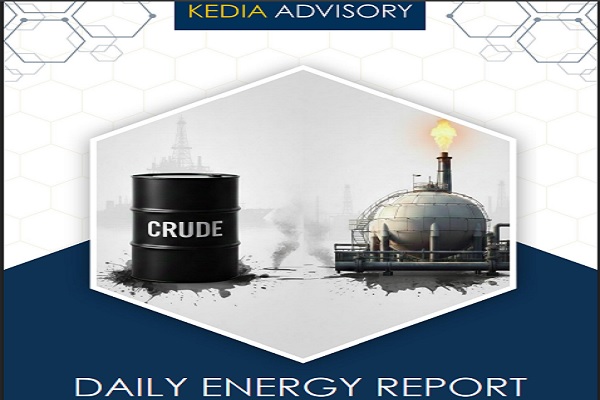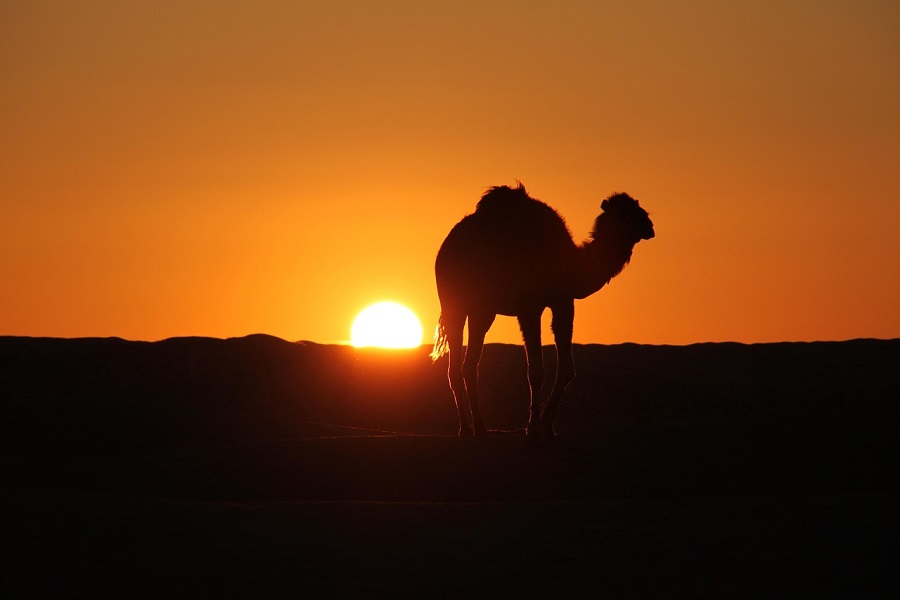The Char Dham Yatra: A Spiritual Journey Across India

India is a land rich in spiritual traditions, where religion and culture intertwine with history and natural beauty. One of the most revered pilgrimage circuits in India is the Char Dham Yatra. This sacred journey, which involves visiting four of the holiest temples in the Himalayan region, holds immense spiritual significance for Hindus. The Char Dham Yatra not only offers an opportunity for religious fulfillment but also allows devotees to immerse themselves in the serene beauty of the Indian landscape.
The Four Sacred Temples of Char Dham
The Char Dham Yatra takes pilgrims to four holy shrines in the Indian Himalayas: Yamunotri, Gangotri, Kedarnath, and Badrinath. Each of these shrines is situated at high altitudes and is considered one of the most sacred places in Hinduism. The journey to these sites is often arduous but deeply rewarding, both spiritually and physically.
1. Yamunotri Dham
The journey begins at Yamunotri, the source of the Yamuna River, located in the Uttarkashi district of Uttarakhand. Yamunotri is dedicated to the goddess Yamuna, one of the seven holy rivers in Hinduism. Pilgrims often take a dip in the thermal springs near the temple to cleanse their sins before offering prayers at the shrine. The trek to Yamunotri can be challenging due to its steep and rocky terrain, but the scenic views of the snow-clad peaks and lush valleys make the journey worthwhile.
2. Gangotri Dham
The second stop is Gangotri, the origin of the holy Ganga River. Located in the Garhwal Himalayas, Gangotri is dedicated to the goddess Ganga, who is believed to have descended to Earth to cleanse the sins of humanity. The temple stands on the banks of the Bhagirathi River and is an important destination for Hindus. Pilgrims believe that bathing in the sacred waters of the river purifies the soul. The serene surroundings of Gangotri, surrounded by snow-covered mountains and dense forests, provide a tranquil atmosphere for devotees to connect with the divine.
3. Kedarnath Dham
The third temple on the Char Dham circuit is Kedarnath, located in the Kedarnath Range of the Garhwal Himalayas. Kedarnath is one of the 12 Jyotirlingas of Lord Shiva and is considered one of the holiest sites for Shaivites. Situated at an altitude of 3,583 meters, the temple is accessible by a steep trek from Gaurikund. The rugged terrain and unpredictable weather conditions make the journey challenging, but the spiritual experience of reaching the temple is unparalleled. Pilgrims seek blessings from Lord Shiva here for liberation from the cycle of birth and death.
4. Badrinath Dham
The final stop of the Char Dham Yatra is Badrinath, one of the most important and popular pilgrimage destinations in India. Located at an altitude of 3,133 meters, Badrinath is dedicated to Lord Vishnu. The temple is nestled in the picturesque Alaknanda River valley, surrounded by the majestic Nar and Narayan mountain ranges. The shrine’s unique architecture and sacred surroundings have made it a major site of reverence. Pilgrims often visit Badrinath to seek divine blessings for prosperity, happiness, and peace.
Significance of the Char Dham Yatra
The Char Dham Yatra is not just a pilgrimage; it’s a transformative spiritual journey. Hindus believe that completing the yatra grants liberation (moksha) and removes the sins accumulated in one’s lifetime. The Char Dham circuit represents a journey of inner purification and enlightenment. Each of the four temples represents a different aspect of divinity: Yamunotri (Water), Gangotri (Purification), Kedarnath (Destruction of Sins), and Badrinath (Preservation of the Universe). The pilgrimage to these shrines is seen as an important step in one’s spiritual progression.
Best Time to Visit
The Char Dham temples are generally open to the public from May to October, with the peak pilgrimage season occurring between May and June, and again in September and October. The weather in the region can be harsh, with heavy snowfall during the winter months, making the temples inaccessible. The months of May to June and September to October offer more favorable conditions for travel, ensuring that pilgrims can complete their journey comfortably.
Preparing for the Yatra
The Char Dham Yatra is physically demanding, especially due to the high altitudes and rough terrain. Pilgrims are advised to be in good health before undertaking the journey. It is also recommended to carry essential supplies such as warm clothing, medical kits, and sturdy footwear. Many travel agencies offer guided tours, including transportation, accommodations, and trekking arrangements for the convenience of devotees.




















